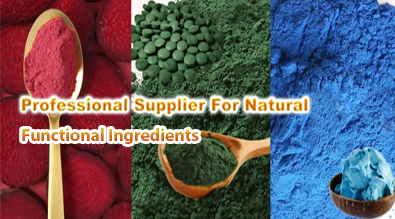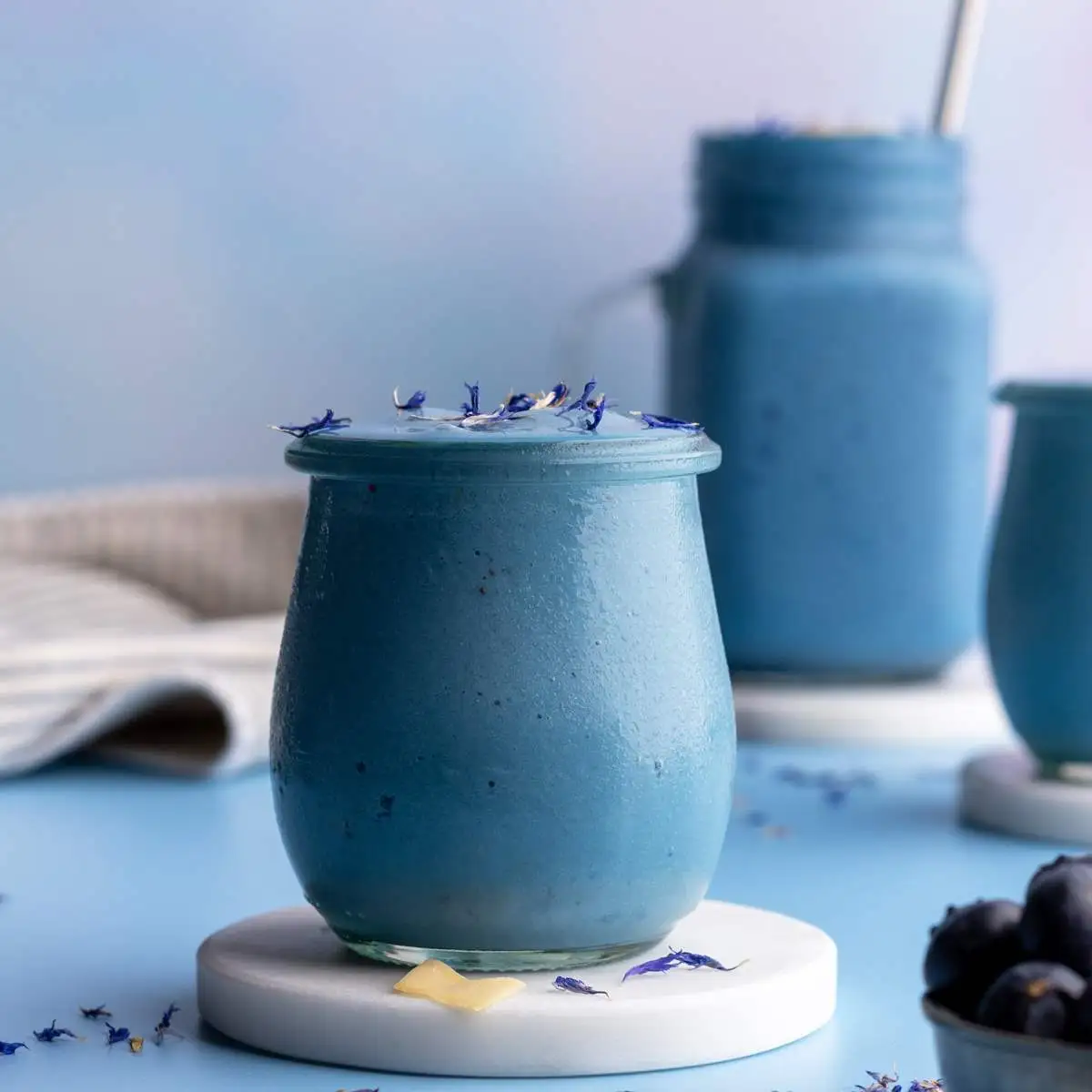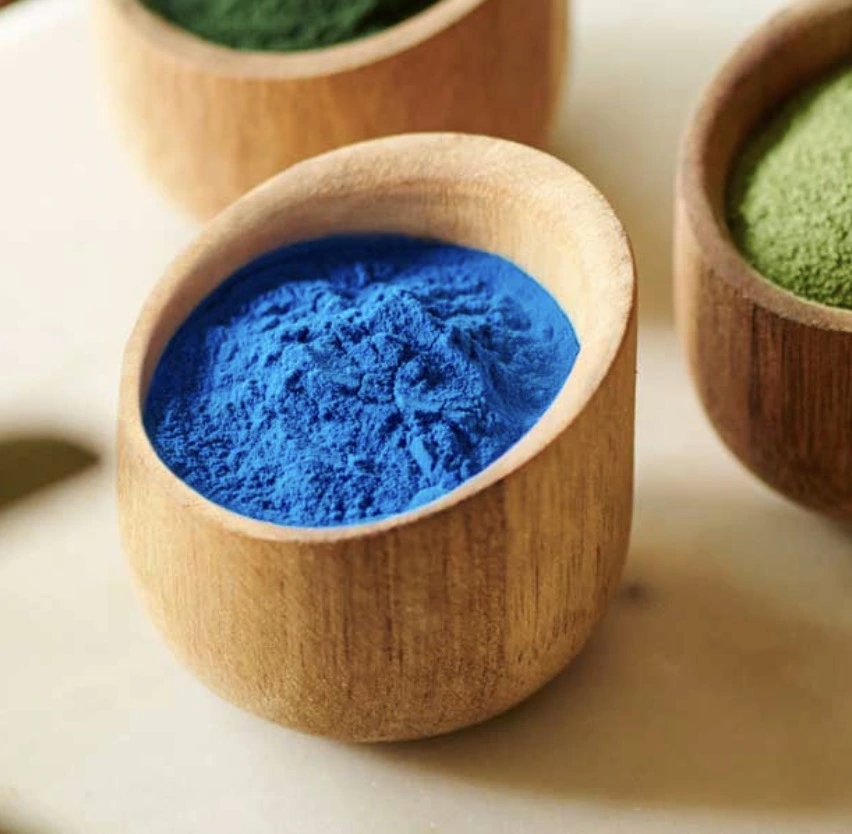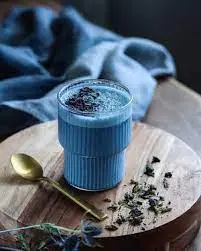Is Gardenia Blue Pigment Safe for Food and Cosmetics?
Gardenia Blue Pigment, derived from the fruits of the Gardenia jasminoides plant, has gained popularity as a natural coloring agent in both food and cosmetic industries. As consumers increasingly seek natural alternatives to synthetic dyes, it's crucial to understand the safety profile of this vibrant blue pigment. In this comprehensive guide, we'll explore the regulatory status, safety considerations, and natural alternatives to synthetic blue colorants, focusing on Gardenia Blue Pigment's applications in food and skincare.

Regulatory Status of Gardenia Blue in Food Use
FDA Approval and Regulations
The U.S. Food and Drug Administration (FDA) plays a pivotal role in regulating food additives, including colorants like Gardenia Blue Pigment. The regulatory landscape for natural food colors is complex, with varying approvals across different regions. In the United States, Gardenia Blue is not explicitly approved as a food additive, but it falls under the category of "color additives exempt from certification" when derived from plant sources.
European Union Stance on Gardenia Blue
The European Food Safety Authority (EFSA) has a different approach to Gardenia Blue. In the EU, it's classified under E number E163 as a natural food coloring. The EFSA has conducted extensive safety assessments, concluding that Gardenia Blue is safe for use in food products within specified limits. This approval has led to its widespread use in various food applications across European countries.
Global Regulatory Variations
Regulatory policies for Gardenia Blue Pigment vary significantly across the globe. While some countries embrace its use in food products, others maintain stricter regulations. For instance, Japan has approved Gardenia Blue as a food additive, recognizing its long history of use in traditional cuisine. In contrast, some countries in South America have yet to establish clear guidelines for its use in food applications. These variations highlight the importance of understanding regional regulations when considering Gardenia Blue for food products.

How Safe Is Gardenia Blue Pigment in Skincare?
Dermatological Safety Profile
The safety of Gardenia Blue Pigment in skincare products is a topic of growing interest among dermatologists and cosmetic formulators. Studies have shown that Gardenia Blue exhibits low skin irritation potential when used in topical formulations. Its natural origin contributes to its favorable safety profile, making it an attractive option for consumers with sensitive skin. However, as with any ingredient, individual sensitivities may vary, and patch testing is recommended for those with a history of allergic reactions.
Antioxidant Properties and Skin Benefits
Beyond its coloring properties, Gardenia Blue Pigment boasts antioxidant characteristics that may offer additional benefits in skincare applications. The pigment contains compounds that can help neutralize free radicals, potentially contributing to anti-aging effects. Some research suggests that these antioxidant properties may help protect the skin from environmental stressors, though more extensive studies are needed to fully understand the extent of these benefits in topical applications.
Regulatory Considerations for Cosmetic Use
The regulatory landscape for cosmetic ingredients differs from that of food additives. In many countries, including the United States and EU member states, Gardenia Blue Pigment is permitted for use in cosmetics, subject to certain concentration limits and labeling requirements. Cosmetic manufacturers must ensure compliance with regional regulations, which may include safety assessments and documentation of the pigment's source and purity. As consumer demand for natural cosmetic ingredients grows, regulatory bodies are likely to continue refining their guidelines for plant-derived colorants like Gardenia Blue.

Natural Alternatives to Synthetic Blue Colorants
Comparative Analysis of Blue Pigments
In the quest for natural blue colorants, Gardenia Blue Pigment stands out among a limited selection of options. Unlike synthetic blue dyes, which often raise concerns about potential health risks, natural alternatives offer a safer profile. When compared to other natural blue pigments such as spirulina or butterfly pea flower extract, Gardenia Blue often provides a more vibrant and stable color. Its unique chemical composition allows for better color retention in various pH environments, making it particularly valuable in food and beverage applications where color stability is crucial.
Environmental Impact and Sustainability
The environmental implications of choosing Gardenia Blue Pigment over synthetic alternatives are significant. The production of Gardenia Blue involves sustainable farming practices and eco-friendly extraction methods, resulting in a lower carbon footprint compared to the manufacture of synthetic dyes. Additionally, the biodegradability of Gardenia Blue Pigment reduces its environmental impact post-use. As sustainability becomes an increasingly important factor for consumers and businesses alike, the eco-friendly nature of Gardenia Blue positions it as a preferable choice in both food and cosmetic industries.
Future Trends in Natural Blue Colorants
The landscape of natural blue colorants is evolving rapidly, with ongoing research into new sources and improved extraction techniques. While Gardenia Blue Pigment currently holds a prominent position, emerging alternatives such as algae-based pigments and genetically modified plants producing blue anthocyanins are on the horizon. These developments promise to expand the palette of natural blue options available to manufacturers. However, Gardenia Blue's established safety profile and versatility are likely to maintain its relevance in the market for years to come, even as new alternatives emerge.

Conclusion
Gardenia Blue Pigment stands out as a safe and versatile option for both food and cosmetic applications. Its natural origin, coupled with a favorable safety profile, makes it an attractive alternative to synthetic blue dyes. While regulatory status varies globally, the growing trend towards natural ingredients suggests an increasing acceptance of Gardenia Blue across different markets. As research continues to uncover potential benefits beyond coloration, particularly in skincare, Gardenia Blue Pigment is poised to play an even more significant role in natural product formulations.
For those seeking high-quality Gardenia Blue Pigment or looking to explore its applications further, Yangge Biotech Co., Ltd. offers expert guidance and premium products. Our team is dedicated to providing innovative, natural solutions for your food and cosmetic needs. To learn more about our Gardenia Blue Pigment offerings or to discuss your specific requirements, please contact us at info@yanggebiotech.com.
FAQ
Q: Can we get some samples to test before purchasing?
A: Of course, we can provide free samples of 20 to 100 grams, but the shipping cost is at the customer's expense. The shipping cost can be deducted from the next order, or the samples can be sent through your courier account.
Q: Do your products have relevant certifications?
A: Yes, our products are certified for HALAL, ISO, HACCP, Kosher, and other certifications.
Q: What is the minimum order quantity (MOQ)?
A: Small batches of samples can be customized according to your requirements.
Q: Do you offer OEM and ODM services? Can the formula be customized based on our own?
A: Of course, we provide ODM and OEM services to many customers. Our product range includes softgels, capsules, tablets, sachets, granules, and private label services. Simply contact us and let us know your requirements. Our experienced R&D team can also develop new products with specific formulas.
Please contact us to design your own branded products.
Q: How do you handle quality complaints?
A: First, we have a comprehensive quality control SOP. We provide authoritative third-party inspection reports for almost all products before shipment to minimize the possibility of quality issues. Second, we have a comprehensive return and exchange procedure. If there is a genuine quality dispute, we will strictly follow the SOP.
Q: How do you ship? How long does delivery take?
A: For small orders, we typically use DHL, UPS, EMS, FedEx, or TNT. Delivery typically takes 3-7 days. We also offer air and sea freight services. We have a strong freight forwarding team and can provide you with a one-stop service, including DDP and DDU.
Q: What are your payment terms?
A: 100% prepayment, payable by T/T, Western Union, MoneyGram, or PayPal.
Q: What is the shelf life of your products?
A: 2 years with proper storage.
References
1. Smith, J. A., & Johnson, B. C. (2022). Natural Food Colorants: Safety and Regulatory Perspectives. Journal of Food Science and Technology, 58(4), 1125-1140.
2. Lee, S. H., Park, Y. J., & Kim, D. H. (2021). Dermatological Applications of Plant-Derived Pigments: A Comprehensive Review. International Journal of Cosmetic Science, 43(2), 145-160.
3. Garcia-Martinez, E., & Fernandez-Lopez, J. (2023). Gardenia Blue: A Sustainable Alternative in Food Coloring. Trends in Food Science & Technology, 131, 103-115.
4. Chen, X., & Wang, L. (2020). Antioxidant Properties of Natural Blue Pigments in Skincare Formulations. Journal of Cosmetic Dermatology, 19(6), 1382-1390.
5. Yamamoto, K., Tanaka, T., & Sato, M. (2022). Comparative Analysis of Natural and Synthetic Blue Colorants: Environmental and Health Implications. Environmental Science and Pollution Research, 29(15), 22100-22115.

Based on your location and order quantity, you will have the opportunity to receive a limited time free shipping promotion!

Who we are


